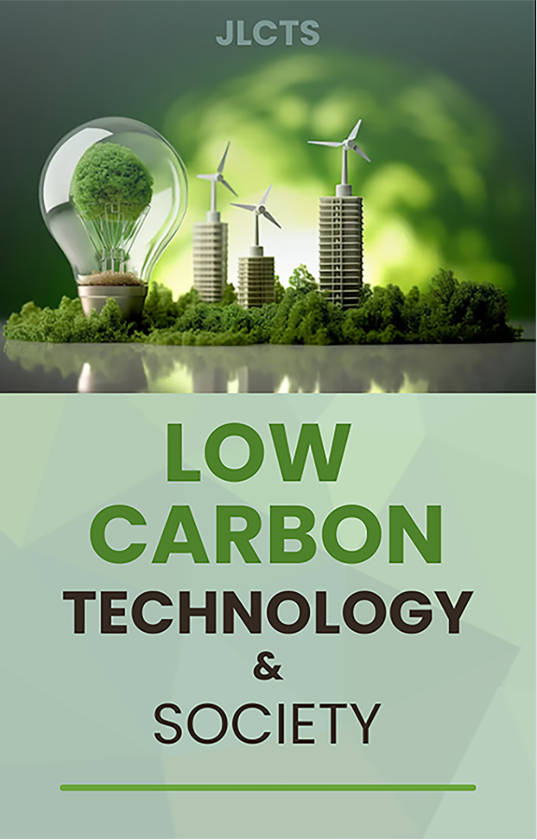Indonesian Geothermal Energy: History, Development and the Opportunity to Contribute on GHG Emission Reduction
Keywords:
Geothermal Energy, Green House Gas Emission, Indonesian geothermal policy, climate and energy policyAbstract
This paper has provided an overview of Indonesia's geothermal energy development, emphasizing its potential as a long-term solution for clean and sustainable energy amidst increasing electricity demand and concerns about global warming. While geothermal energy alone may not fully address global warming, it can significantly contribute to a cleaner energy future, especially when integrated with other renewable sources and efforts to improve energy efficiency. Despite Indonesia's considerable geothermal resources, only approximately 8% had been tapped as of 2022. Past political and economic challenges are believed to have hindered the country's geothermal development progress.These utilization figures fall short of Indonesia's ambitious emissions reduction targets outlined in its Nationally Determined Contributions (NDC) under the Paris Agreement. Regardless to that, the government has revised its targets, aiming for a higher emission reductions of 31.89% (unconditional) and 43.2% (conditional) by 2030, compared to the previous targets of 29% and 41%, respectively. To optimize its geothermal resources, Indonesia must establish clear and supportive policies and regulations to incentivize development. Additionally, fostering stronger collaboration between the government, private sector, and international partners is essential for maximizing geothermal energy's contribution to Indonesia's sustainable energy goals.




